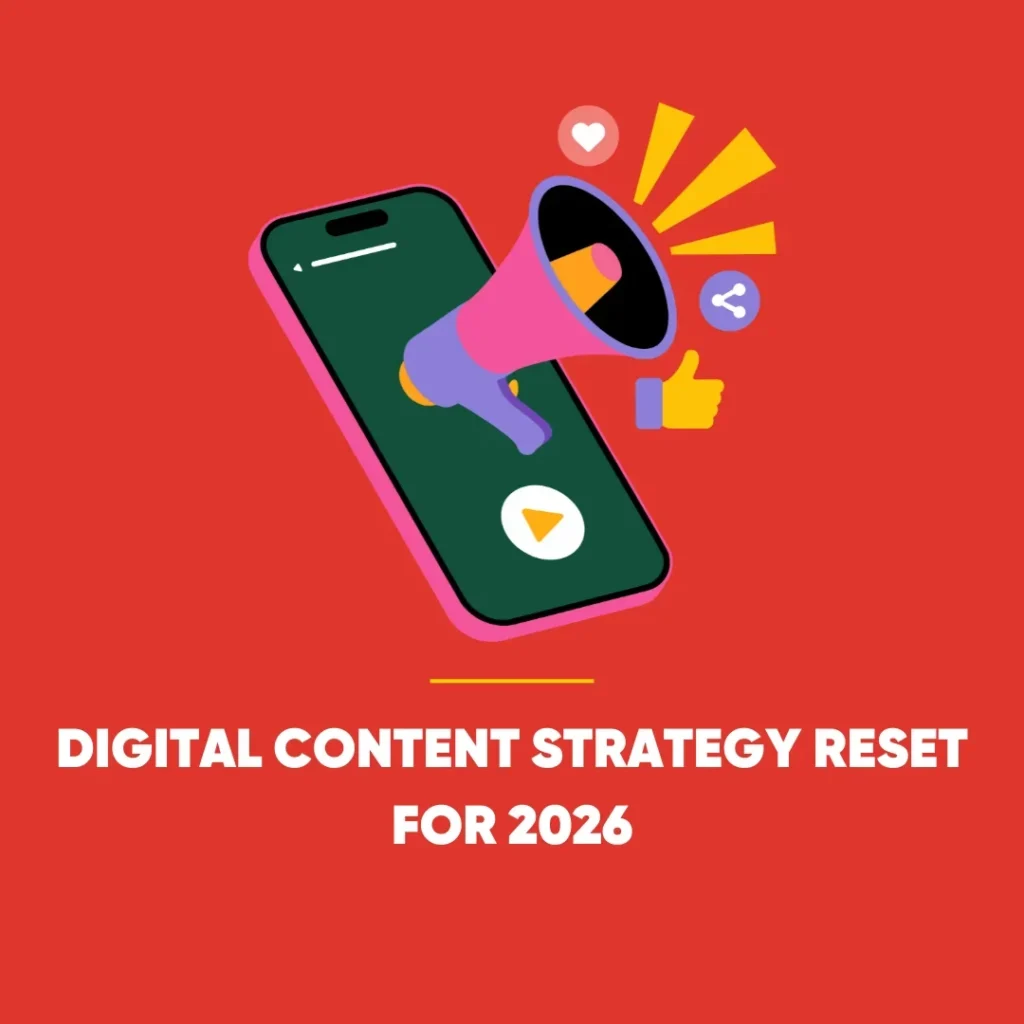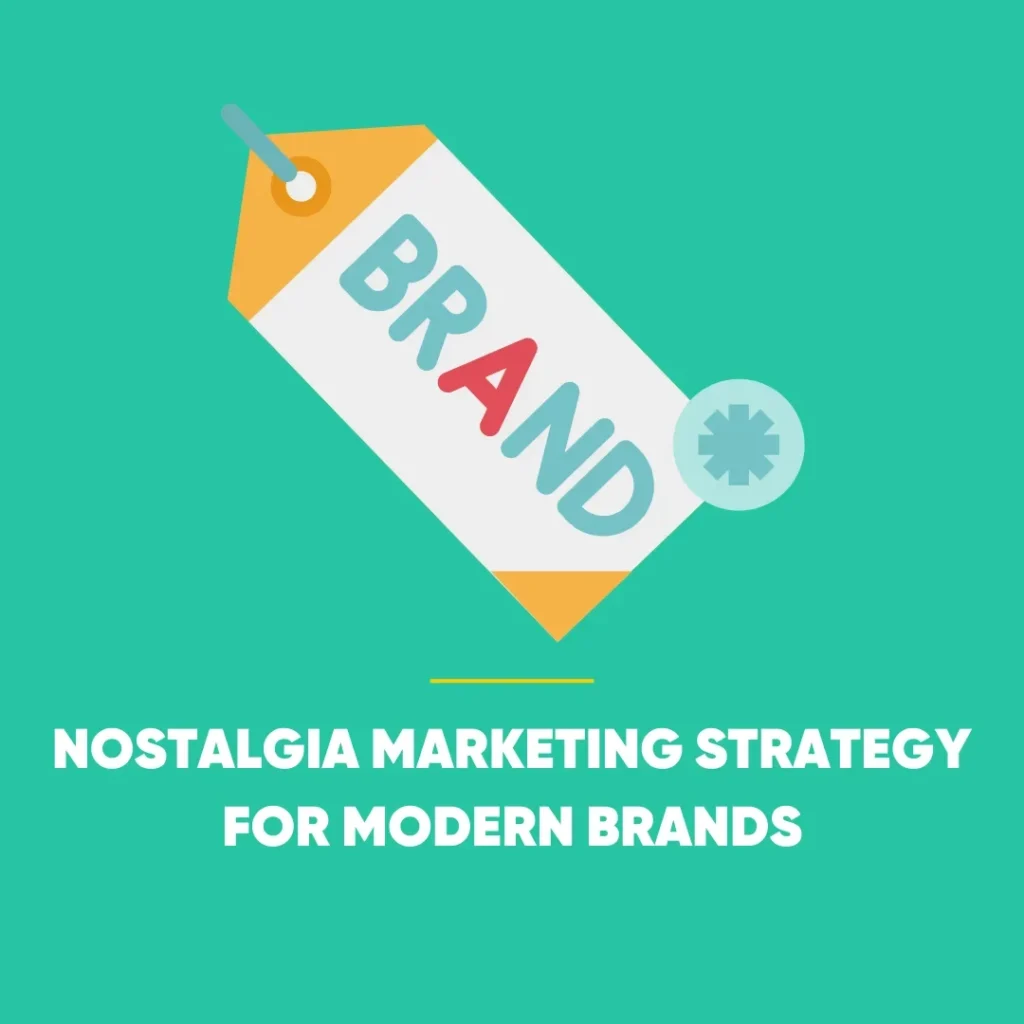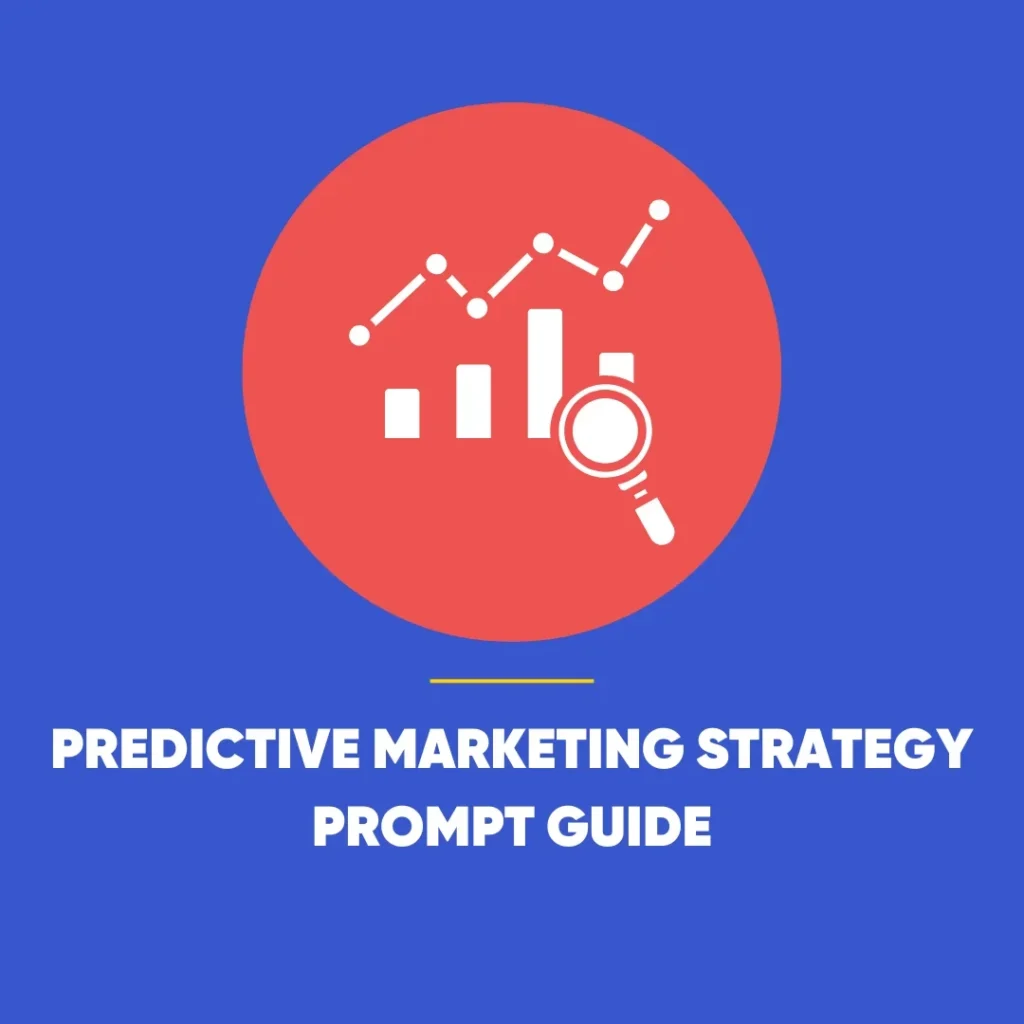Over-the-Top Ads: Understanding Its Mechanics and Benefits
In today’s digital age, an astounding 3.9 billion individuals have access to at least one streaming service, making it an ideal landscape for Over-the-Top Ads. Platforms such as Netflix, Hulu, and Amazon Prime have revolutionised how we consume entertainment, allowing us to enjoy our favourite TV shows and movies on the go.
For marketers aiming to capture the attention of audiences glued to these platforms, over-the-top (OTT) advertising presents a unique opportunity.
While OTT advertising may seem like a strategy reserved for large corporations, it is also an effective tool for small and midsize businesses (SMBs) seeking to engage with new and captivated audiences.
So, what exactly is OTT advertising? This article delves into the various types of OTT ads, the advantages of utilising this medium, and how to craft highly targeted, compelling ads that resonate with potential customers.
Key Insights
- OTT advertising involves ad campaigns delivered via streaming video services or devices.
- It differs slightly from connected TV (CTV) advertising, which is limited to TVs and related devices, whereas OTT ads can be viewed on TVs, computers, and smart devices.
- There is a wide selection of generalist and niche OTT platforms available, such as Hulu, Netflix, Crunchyroll, and Shudder. Various ad types, including in-video ads, banner ads, and shopping ads, can be utilised.
- OTT advertising is more affordable than you might think, with the typical cost-per-mille (CPM) starting at $25, making it accessible for smaller businesses.
- Planning an OTT ad campaign is akin to preparing a paid ad campaign; understanding your target audience and having clear objectives are crucial for creating standout content.
What Is OTT Advertising?
OTT advertising refers to advertisements delivered through streaming video services or devices, including:
- Televisions
- Streaming boxes and HDMI sticks
- Gaming consoles
- Computers
- Laptops
- Tablets
- Mobile phones
Essentially, OTT advertising is the modern equivalent of advertising on satellite and cable channels.
Numerous brands across various industries have successfully employed live streaming marketing to enhance brand awareness and drive sales. For instance, Quest Nutrition utilised a streaming TV ad campaign on Amazon’s Fire TV to promote user-generated content, resulting in a 49% increase in product page views.
Types of OTT Ads
When thinking of OTT advertising, many envision video marketing. However, there are several types of OTT ads to consider:
In-Video Ads: The most common form of OTT adverts that interrupt the viewing experience. These can be:
- Pre-roll Ads: Play before the main video starts.
- Mid-roll Ads: Play during the video.
- Post-roll Ads: Play after the main video ends.
Banner Ads: Appear at the top or bottom of the screen during content playback.
Overlay Ads: Similar to banner ads but appear as pop-ups rather than permanent fixtures.
Companion Ads: Displayed on the left or right side of the screen.
Shopping Ads: Allow viewers to shop for specific items, including those featured in the content they are watching. For example, Walmart partnered with NBCUniversal and Roku to enable viewers to purchase products featured in selected shows.
The choice of ad type will depend on your specific goals and budget.
OTT vs. Connected TV (CTV) vs. Video on Demand (VOD)
OTT is often used interchangeably with connected TV (CTV) and video on demand (VOD), but there are subtle differences:
- OTT adverts: Available on a range of devices, including phones, laptops, tablets, and TVs.
- CTV adverts: Delivered on internet-connected (smart) TVs and devices.
- VOD adverts: Delivered on streaming services offering video content like TV shows and movies. VOD content is not live, whereas OTT and CTV content can be.
Therefore, while CTV and VOD ads are a subset of OTT ads, not all OTT ads fall under CTV or VOD categories.
Over-the-Top Ads: How Does OTT Advertising Work?
Planning and executing an OTT advertising campaign mirrors the management of any online paid advertising campaign. Here’s a step-by-step guide to get you started:
1. Determine Your Goal
Before building your campaign, identify your target audience and define your objectives. Are you looking to enhance brand awareness, promote a new product or service, or boost revenue? Clarifying your goals will inform your subsequent decisions.
2. Decide Your Budget
Most OTT ad campaigns use a CPM pricing model, meaning you pay for impressions rather than clicks. Some platforms use cost per view (CPV) instead, where you pay when someone views your ad for a specified duration.
3. Choose Your Platform
Beyond the major players like Netflix and Hulu, numerous niche platforms are available. For instance, if targeting anime fans, consider advertising on Crunchyroll, or for horror enthusiasts, Shudder could be the platform of choice.
4. Sign Up
Registering for an advertising account can be a complex process on many platforms. Often, you need to fill out forms or email your details to be accepted, so planning ahead is essential.
5. Build Your Campaign
Select the ad type you wish to use and define your target demographic. Engaging videos and graphics are vital to capture viewers’ attention.
6. Tweak and Optimise
Regularly monitor your advertising account (at least daily for short-term campaigns) to assess performance. Make minor adjustments as needed to improve conversion rates.
7. Review the Results
At the end of your campaign, evaluate whether you achieved your initial goal. Remember, some viewers might not interact directly with your ad but may still be influenced to explore your offerings, so the analytics may not tell the full story.
Benefits of OTT Advertising
Cost-Effective: OTT advertising is more affordable than traditional TV advertising, with CPMs ranging from $25 to $75. A 30-second ad on a local network can cost from a few hundred to several thousand dollars, while prime-time TV adverts can exceed $200,000. Targeting a specific audience also reduces ad spend waste.
Captive Audience: A significant 64% of people prefer to watch adverts to save money on subscription fees, providing a ready audience for your advertisements.
Wide Range of Targeting Options: OTT advertising allows precise targeting. For example, Mondelēz used OTT adverts to promote its products to Indonesian women aged 25 to 45 during Ramadan, achieving a 15 times higher click-through rate (CTR).
Variety of Ad Formats: Beyond video adverts, OTT offers display ads and interactive options like shopping adverts.
Data-Driven: Platforms like Netflix invest heavily in data marketing, ensuring your ads reach those most likely to convert. Detailed analytics help you measure your campaign’s success.
Due to these advantages, OTT advertising is highly popular among marketers, with 52% increasing their spending in 2023.
Over-the-Top Ads: Best Practices for OTT Advertising
To maximise the impact of your OTT adverts, consider these expert tips:
Conduct A/B Testing
Test two versions of your ad with minor differences to determine which resonates best with viewers.
Consider Programmatic Advertising
If resources are limited, programmatic advertising can automate the buying of ad space based on your criteria.
Provide a Clear Call-to-Action (CTA)
Make it easy for viewers to take the desired action post-ad view, such as including a QR code.
Utilise Storytelling
Engage viewers by telling a compelling story, encouraging them to watch your ad till the end.
Maintain Campaign Consistency
Ensure all your digital ad campaigns have a cohesive look and feel to build trust and brand recognition.
Conclusion
In summary, OTT services are increasingly popular, projected to account for 54% of all video subscription revenue by 2025.
Ignoring OTT in your digital marketing strategy could mean missing out on a significant opportunity. The key to success lies in understanding your target audience, addressing their needs, and creating engaging ads that captivate them.
If you’re unsure where to start with OTT adverts, consider partnering with a digital marketing agency specialising in paid media. They can help identify the right channels, create impactful campaigns, and analyse data to determine which adverts yield the highest return on investment.
Find out more about what’s happening within the digital marketing in our blog column.









